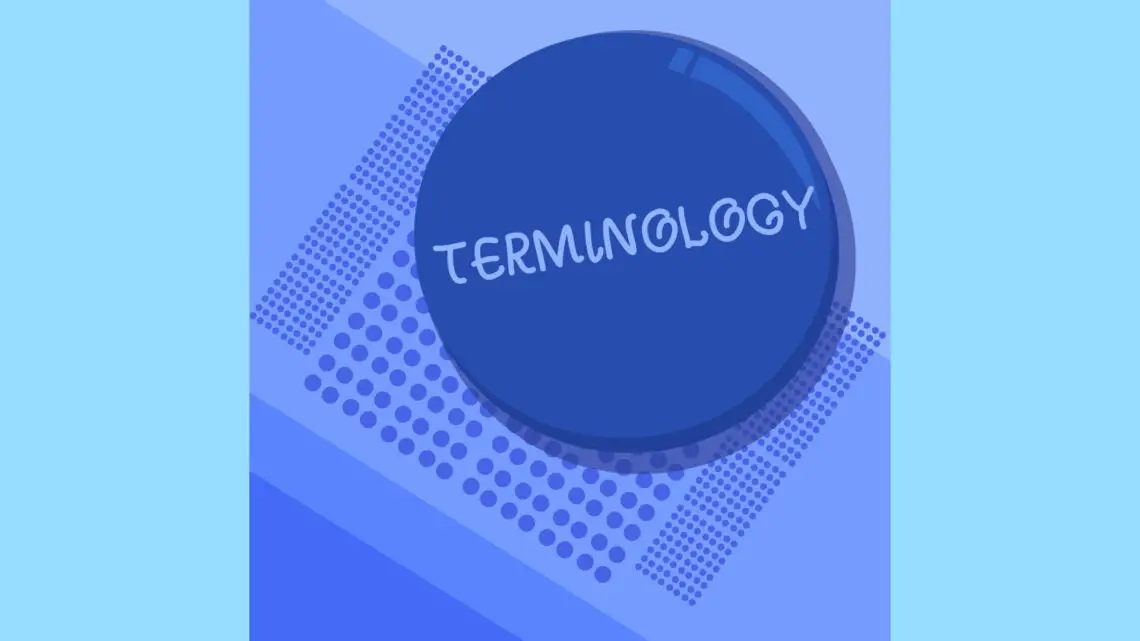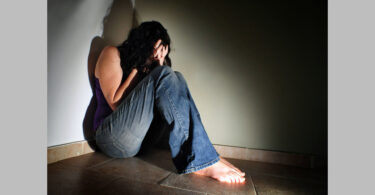Part 4 – Dual Nature of the Disease Process and the Remedial Process
As we have seen in Part 2 of this series, the Dynamis and its executive function the life force, has a dual nature. One part of the power of the life force acts to maintain and restore balance (or as it is termed medically, homeostasis), and that part is the sustentive power (what Dr. Hahnemann termed the erhaltungskraft); the other is involved in the generation of new life (erzeugenskraft) and is mostly readily seen in sexual reproduction and cell division at the physical material level, but is also involved in any creative action, such as the generation of a new work of art, new idea or invention, etc.
Since disease is for Hahnemann in the nature of an engenderment and the root in German is the same as that for the generative power (erzeugen), disease for Hahnemann is a function of the generative power, meaning that disease is a dynamic act and can not be found on the material plane. Only a dynamic medicine can act dynamically, and must itself have the power to affect the generative power. If used according to the right law and in the right dose, the medicine is safe and only destroys the disease existing in the patient, but if used according to the wrong natural law and in the wrong dose, it can itself engender a new and worse disease on top of the existing one (iatrogenic or “doctor-caused”). The goal of treatment, as far as the generative power is concerned, is the restoration of healthy generative function, or what Hahnemann termed gezondheit or soundness, expressed in the medical term palingenesis.
Thus, the disease process is dual in nature. First we have the disease proper that Hahnemann terms the initial action (eerstwirkung) and involves an impingement or impregnation of the human generative power by the disease wesen. The sustentive power of the life force then rallies to try to drive the disease out, and this produces the disease expression (or symptoms) that we often term the disease, but which is in reality the second part of the disease process, what Hahnemann terms the counter action.
The initial action is imperceptible and instantaneous, but the counter action takes time to develop, and can last for some time depending on the nature of disease. A classic case would be of a child exposed to chickenpox. Assuming the necessary susceptibility (which is almost universal in the childhood infectious diseases), upon exposure he is immediately infected (initial action of the disease wesen on the generative power of the human wesen), but then there is a latent period while the sustentive side of the life force of the human wesen rallies its resources to repel the invader. Then, when it finally counter-attacks, this counter-action produces symptoms. The symptoms are clearly not the disease itself, but only the manifestation of the disease proper. Thus, we can say that the disease process consists of the disease action itself, the initial action, and the attempts of the life force (sustentive power aspect) to repel the invader, which is the counter-action.
The process of remediation (heilen) is identical to the disease process, except in this case a medicinal power is used that is similar to the disease engendered in the human wesen. The action of the medicine, which Hahnemann termed an artificial disease (Arzneikrankheit, Aphorism 35), acts similarly on the generative power and, by the law of similar resonance, is able to destroy the natural disease, following which the sustentive power of the life force again reacts and tries to drive out the new, artificial disease.
This effort also produces symptoms, either in the form of an exacerbation of existing symptoms or the production of new symptoms, but in this case the efforts of the sustentive power allow for the restoration of homeostasis as both the natural and artificial disease have been destroyed in the initial action. Hahnemann uses various terms, such as counter action, back action, after action, but we could more accurately term this the “healing action” or healing reaction. (Aphorism 64)
Since the German term “heilen” has the meaning of both curing and healing, these two actions constitute the overall action of remediation, which is the more general meaning of “heilen.” Neither is sufficient; both are necessary for true health. Cure relates to the removal of disease, and healing to the restoration of health by means of eliminating waste and repairing damage caused by the disease.
The curative action is essentially the initial action of the medicinal agent and involves the generative power of the life force. The act of healing is undertaken by the sustentive power of the life force and gives us the counter action or in the case of remediation, the healing reaction.
The curative action is ideally rapid, gentle and permanent (Aphorism 2), but the healing reaction may be less gentle, particularly where there is allopathic suppression by drugs. This is reflected in the two possibilities set out in Aphorism 64 regarding the healing reaction. The first involves natural diseases, and the second involves the artificial diseases (iatrogenic). In the second case, the healing reaction can be much stronger. This is confirmed by observations made by Kent regarding strong healing reactions when there has been drugging. (Lectures on Homeopathic Philosophy).
From this it is clear that the dual nature of the Dynamis, of the disease and of the remedial process means that there is a distinction between disease and an imbalance. A disturbance of the sustentive power does not necessarily affect the generative power. In such cases, there is no disease, but only an imbalance.
We would note that the law of similars should not be used except in disease; thus, the other law of nature, the law of opposites must be used. Hahnemann’s language indicates that this is the case where there is no disease, but only an imbalance. For example, a deficiency of Vitamin C must be corrected with the addition of Vitamin C to the regimen. Thus, it is important that all the symptoms of the patient are related to the proper underlying cause. Symptoms due to deficiency cannot be corrected by medicine, and symptoms due to disease cannot be corrected using regimenal measures.
Glossary Contribution 3
Sustentive Power: that aspect of the Dynamis or life force that maintains and restores homeostasis in the face of stressors and disease agents. This aspect of the Dynamis cannot remove disease, but only restore balance after the disease is gone or has been destroyed by the curative medicine.
Generative Power: that aspect of the Dynamis or life force that generates new life (cell division, progeny) and that is involved in the engenderment by a disease wesen of a disease in the human wesen, or the curative action of the medicinal wesen (artificial disease). The healthy development of this aspect of the Dynamis can be termed palingenesis.
Cure: the annihilation of a disease by means of a medicinal wesen (artificial disease) on the basis of the law of similar resonance, and the regeneration of the integrity of the generative power or palingenesis.
Healing: the restoration of balance following the removal of an imbalance by means of the law of opposites, or the removal of disease by means of the law of similars, or the restoration of homeostasis.
Law of Similars: the natural law for the use of an artificial disease (medicine) to destroy a given disease lodged in the generative power of the Dynamis, which results in cure.
Law of Opposites: the natural law used in removing an imbalance in the sustentive power of the Dynamis, which results in healing.
Initial action: the action of the disease wesen on the generative power of the Dynamis, which is almost imperceptible and instantaneous.
Curative action: the action of the medicinal agent on the generative power of the Dynamis according to the law of similars that results in the destruction of the similar disease, as well as of the medicinal disease.
Counter action: the reaction of the sustentive power of the Dynamis to any stressor or disease wesen that is seeking to impinge on the the sustentive or generative power of the Dynamis.
Healing reaction: the specific reaction of the sustentive power of the Dynamis to the initial action of the medicine after it has destroyed the similar disease affecting the generative power of the Dynamis and has itself been destroyed in the process, so that the counter action of the sustentive power is finally successful. This healing reaction creates symptoms, which are the manifestation of the successful healing effort of the life force, and the more chronic the disease, the stronger this reaction.
# # #
Rudi Verspoor is Dean and Chair Department of Philosophy Hahnemann College for Heilkunst, Ottawa. He served as the Director of the British Institute of Homeopathy Canada from 1993 to early 2001 and helped to found and is still active in the National United Professional Association of Trained Homeopaths (NUPATH) and the Canadian/International Heilkunst Association (C/IHA).
Part of his time is spent advising the Canadian government on health-care policy and in working for greater acceptance of and access to homeopathy. His publications include:
Homeopathy Renewed, A Sequential Approach to the Treatment of Chronic Illness (with Patty Smith);
A Time for Healing; Homeopathy Re-examined: Beyond the Classical Paradigm (with Steven Decker);
The Dynamic Legacy: Hahnemann from Homeopathy to Heilkunst (with Steven Decker).
Visit his website at http://www.heilkunst.com/






